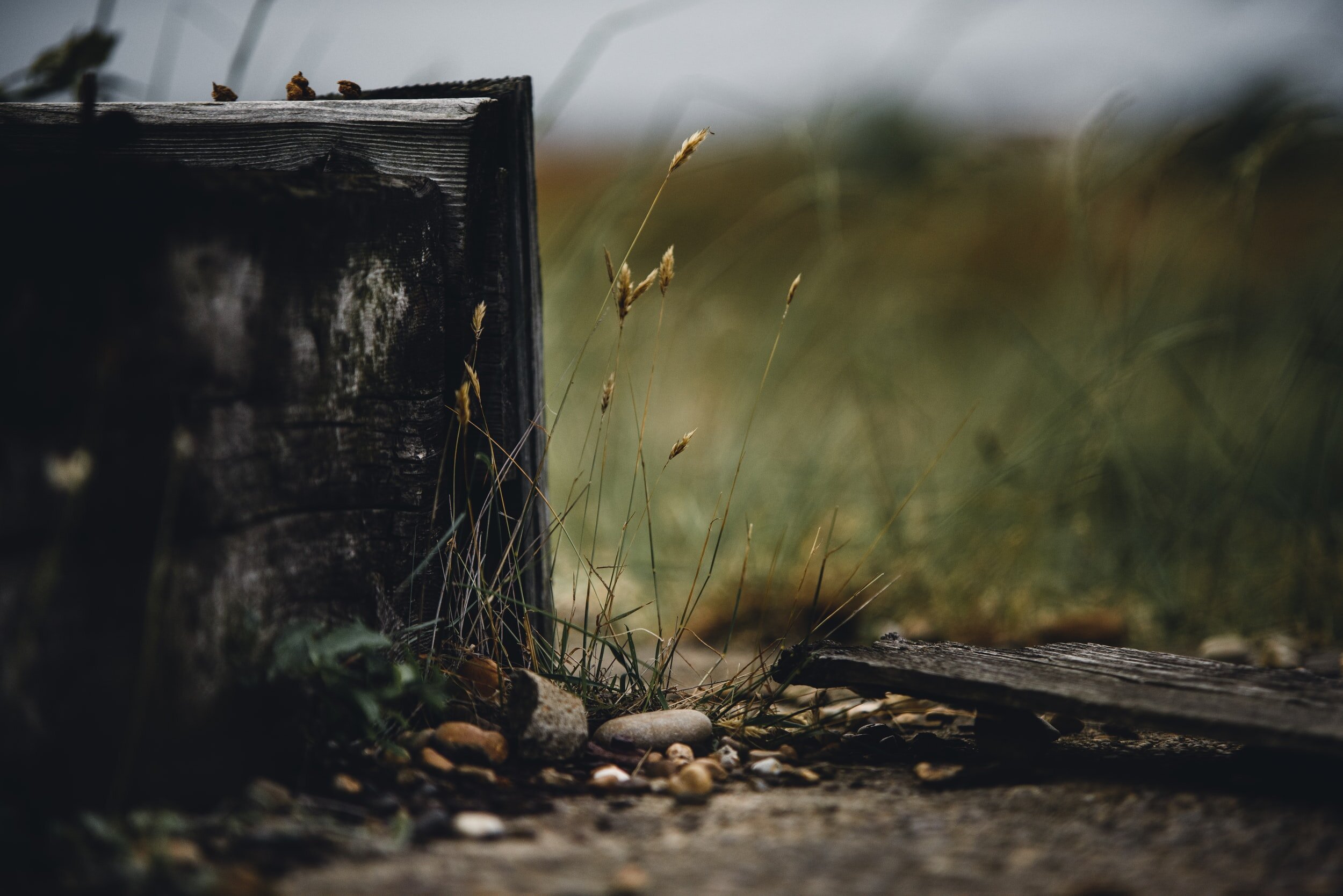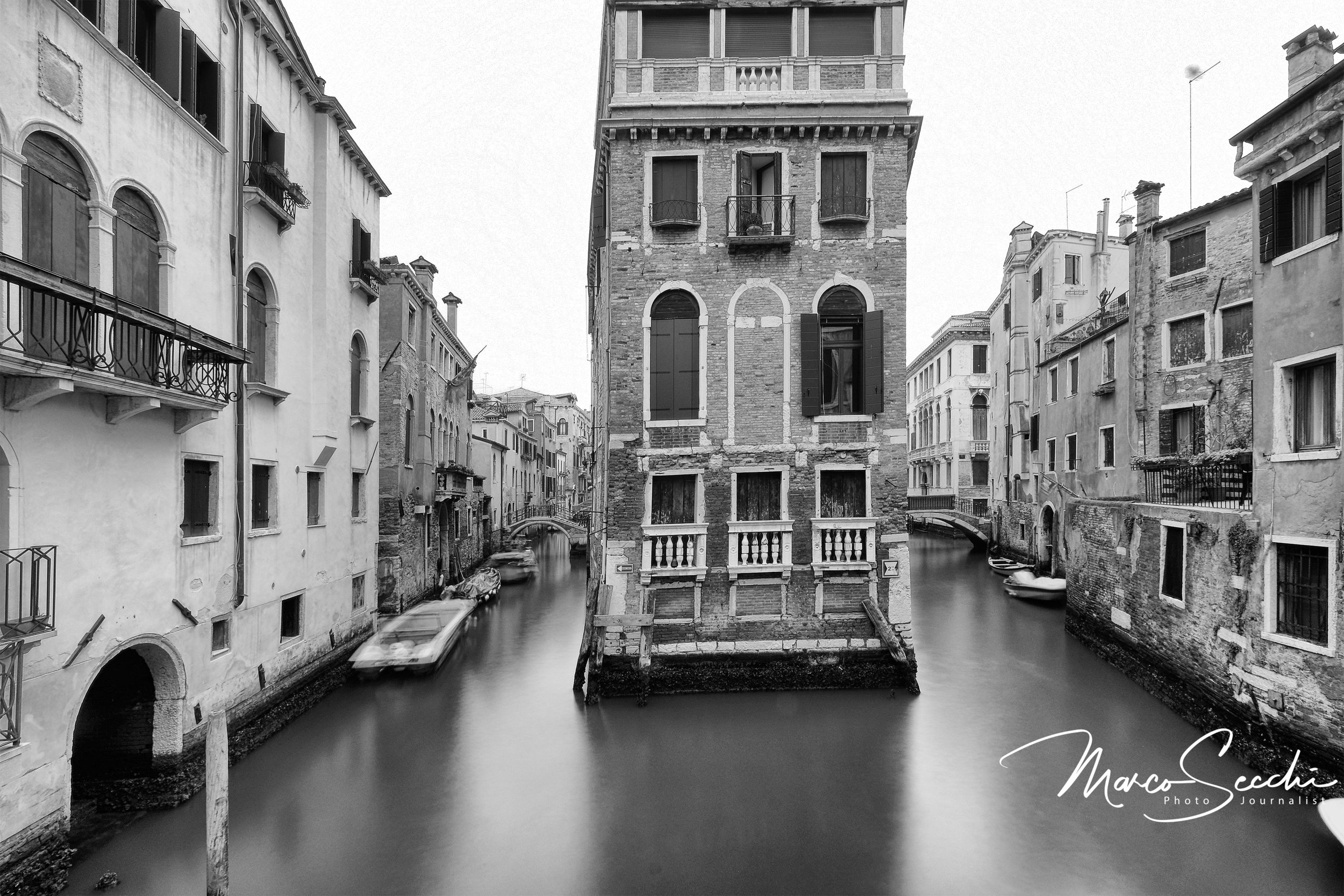Landscape photography – depth of field
/Depth of field is the limitation of perceived sharpness within a photographic image. The greater the depth of field, the more of the image from front to back that appears sharp. An image that is said to have a shallow depth of filed has a short and more specific depth of sharpness.
In photography, careful use of depth of field can be a very powerful tool indeed. It can force viewers to focus only upon that which is sharp, by utilizing a shallow depth of field. As our eyes are not comfortable in viewing unclear images, we then tend to look at the parts of an image that is sharp, and our gaze will then focus upon that part of the image, rendering the other unsharp parts of the image as blurry and not worthy of our attention. This use of a shallow depth of field is particularly well suited to portraiture. As long as the eyes are sharp, most other things can be forgiven if they arent pin sharp. People and animals tend to look at the eyes first, and so the eyes really need to be sharp in nearly all portraiture photography.
Landscape photography is generally at the opposite end of the scale of depth of field, where the vast majority of landscape images require a very long depth of field. This is due to the fact that landscapes generally are trying emmulate an actual scene as we see it, and viewers are usually drawn into the image by its great depth of field.
Depth of field is controlled in two ways. The most commonly used is by aperture control. The smaller the aperture (the larger the number ie. F22), the greater the depth of field. The larger the aperture, (the smaller the number like F2.8), the shallower the depth of field. The apertures inbetween have a depth of field is that is directly proportionate to the aperture selected along the scale. The second means of controlling depth of field is by using a camera or lens that enables the lens to be tilted forward or back. This enables the focusing plane of the lens to be more inclined to the plane of focus of the subject matter, and hence providing a much better depth of field without a change of aperture. It is one of the major reasons for using bellows type cameras, or tilt lenses. With such a camera or lens, one can have a huge level of control over depth of field at any aperture.
Depth of field is also dictated by the focal length of the lens, and the camera format for which the lens is used. For instance, a wide angle lens always has a much greater depth of field than a telephoto lens. A very wide angled lens such as a 14mm lens has a depth of field so great that it almost doesnt require focussing, wheras a 600mm telephoto lens has an extremely shallow depth of field, and unless focussed upon long distance subject matter, the depth of field will always be very limited indeed. On the other end of the scale are macro lenses, which are made to be able to focus very closely to objects. Once you start moving in and start focussing very closely, the depth of field again becomes extremely shallow indeed. The closer you get to the subject, the less the depth of field becomes, and in extreme close-ups just the slightest movement will cause the image to go out of focus entirely.









